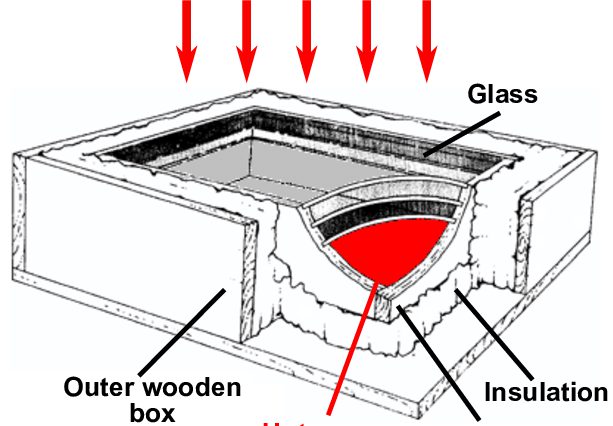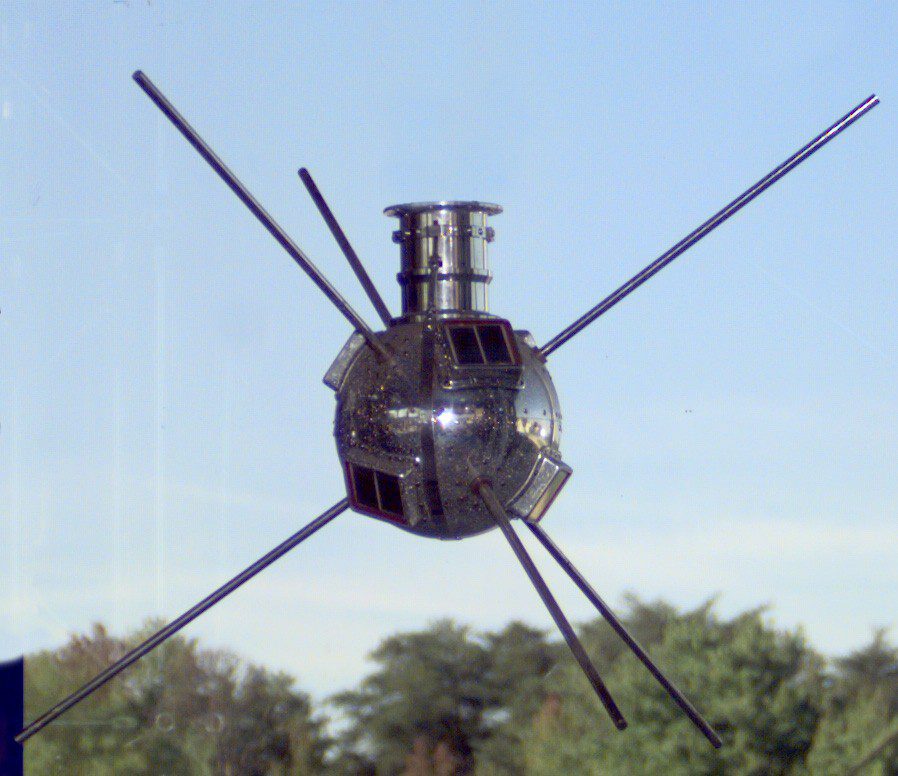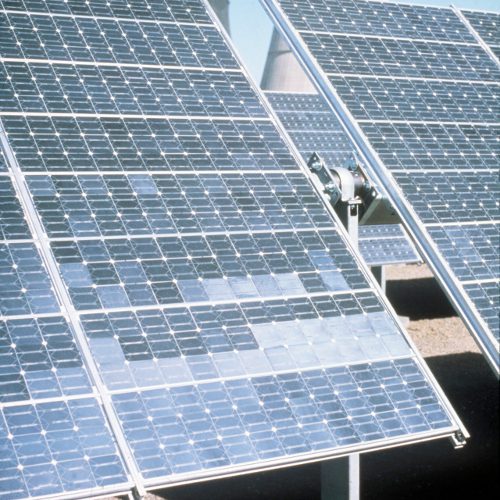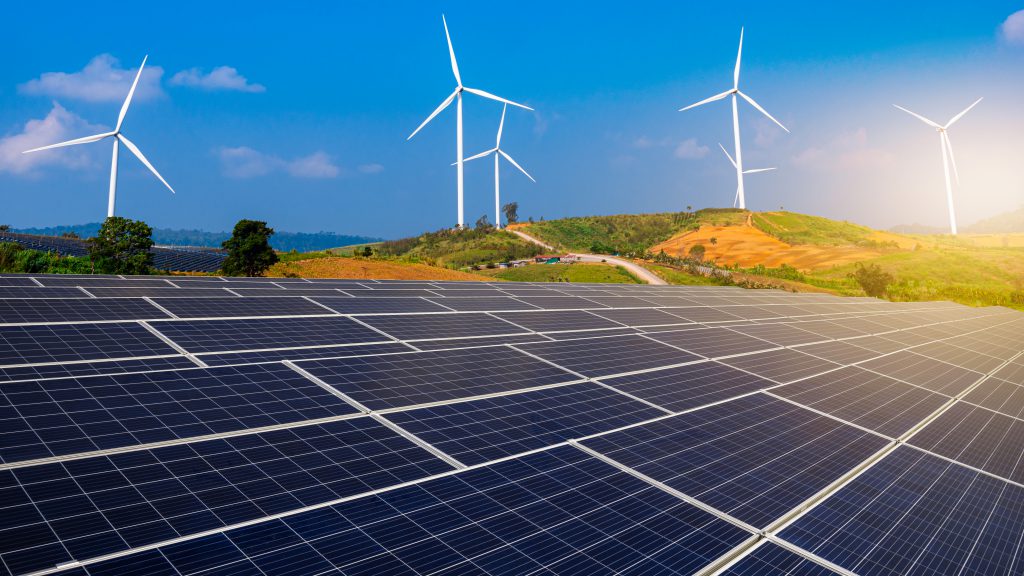The sun is an incredible source of power and we have only just started to take advantage of it for our domestic energy needs.
It’s a huge ball of burning plasma keeping up its intense power with nuclear reactions within the core, throwing out every kind of light and heat energy we can imagine.
The Milky Way’s central star has inspired religions, built civilizations and been warming our planet for the best part of 5 billion years.
So, how did we eventually learn how to harness that power? Read on!
Solar energy isn’t a modern discovery, many ancient civilizations harnessed the heat of the sun.
Ancient Egyptians built their homes in such a way as to heat the stones up to trap heat that would then be released during the night as the outside air cooled. Some people theorise they had solar cells made from Obsidian and Boron, but we’re not sure the Great Pharaohs had a full panel install on their palaces.
The Romans harnessed the power of the sun to heat the water in bathhouses using a process called hypocaust where hot air is circulated in a hollow space beneath the floors and walls. This mixed with water and created steam, warm water and an empire.
Famously clever Ancient Greek fella, Archimedes, is said to have invented a shield that was curved in a way that it would direct the sun’s rays at the enemy and burn them in their boats – but this has never been verified and, frankly, it’s a bit mean!
Who discovered solar energy?
Moving on a bit from ancient civilizations, the more modern era of energy production still contains a few surprises because even that technology isn’t as young as you think.
So, who were the movers and shakers in the timeline of Solar Power?
Discoveries in Solar Electricity Generation
The first solar cell
Horace de Saussure was a Swiss scientist and is described in the history books as being the man who invented the world’s first solar collector, which was called a ‘Hot Box’.
This device collected heat from the sun, using a pine box lined with black cork and covered with glass … it was first used to cook an egg for his breakfast.
In fact it was later used by Sir John Herschel to cook food during his South Africa expedition in the 1830s.

The photovoltaic cells
It’s all very well cooking your brekkie in a solar collector, but the boffins of the past were keen to get something else from the sun – electricity.
To transform heat and light energy from the into electric energy requires the photovoltaic effect.
Edmond Becquerel was the first person to discover the photovoltaic effect while experimenting with electrodes and conductive solutions. He made the breakthrough in 1839 when he noticed the electricity generation increased when the solution was exposed to light.
Fast forward to 1954 and the birth of modern photovoltaic cell technology in the United States.
Daryl Chapin, Calvin Fuller, and Gerald Pearson used silicon to create a photovoltaic (PV) cell at Bell Labs.
This was the first solar cell that used silicon rather than selenium and could convert enough sunlight, or the photons in the sunlight, into power that would run electrical equipment.
Bell Telephone Laboratories then made a silicon solar cell with a 4% efficiency – which they later managed to bump up to 11%.
First Modern Solar Panels
In 1958 the Vanguard I satellite was launched into space fitted with the first solar ‘panels’. There were six of them, they measured about 5 cm square each and they produced, collectively, 1 watt of power!
After the success of Vanguard 1 being powered by the sun, Explorer III, Vanguard II, and Sputnik-3 were launched in quick succession in the same year – complete with their tiny solar panels.
Even though NASA scientists were loving solar power because it never runs out, the public were a lot more sceptical and various attempts to commercialise solar power during the 50s and 60s failed.
In fact, it wasn’t until 1986 that the first commercial solar panels became available when ARCO started to produce them in their factory – just a year after The University of South Wales had increased the efficiency for silicon solar cells to 20%.


Solar Energy Increases in Popularity
Once solar panels had an efficiency of 20% they could be sold to the public for use in homes.
Unfortunately, minds and hearts are harder to change than technology so the uptake in domestic solar has been very slow, especially in the UK.
Throughout the 80s and 90s solar energy remained a niche power for the very well off or government institutions.
Until, in the early 2000s various governments in Europe and the US, under pressure from environmental groups, encouraged the public to install solar using grants and tax initiatives.
Unfortunately, these weren’t very successful as the amount governments were paying customers for electricity was in no way sustainable. This created a ‘wild west’ scenario within the market with ‘cowboy’ companies promising customers huge windfalls of cash with very little outlay.
To be fair, customers did make a lot of cash initially, but as the schemes weren’t financially sustainable they were soon phased out and all that was left was an ugly stain on the renewable energy sector’s reputation.
In the last decade the solar market has rebuilt itself with regulated companies offering cost-effective solutions for providing domestic solar energy to everyone’s homes.
The MCS was formed in the UK, in 2007, to regulate the solar sector. All reputable companies will be associated with MCS and we wouldn’t advise having work done by anyone who isn’t.
Popularity Of Solar
The war in Ukraine, the cost of living crisis and a general feeling that the planet needs our help has meant more people are considering solar to power their everyday lives.
The uptake of solar energy in the UK has accelerated quite dramatically in the last decade and is now becoming a normal part of home improvement, cutting business costs and improving the planet.
In 2011 the number of sites in the UK generating solar electricity was, according to Statista 25,958 – by the end of 2021 that number was 1,133,645 and, although it looks percentage wise like it’s slowing down, that is only because the numbers are increasing so steadily.
The UK generated 25% of its renewable energy from solar in 2022.
Major Milestones in PV Solar Electricity
To understand the progression of solar electricity in the world, it’s worth looking at the major milestones in its history.
1955 – First solar-powered car – ‘Sunmobile’ demonstrated at the General Motors Powerama
1958 – Solar panels in outer space – Vanguard 1 used solar to power instruments
1973 – First solar residence – ‘Solar One’ was built at the University of Delaware
1974 – First solar-powered aeroplane – Sunrise flew for 20 mins at Camp Irwin, California
1979 -The Whitehouse – Carter administration installed panels for hot water
1986 – The Whitehouse – Reagan administration takes them out
1992 – Tech Jump – 20% efficiency solar cells were patented
1995 – UK’s First Solar Home – Professor Sue Roaf build the Oxford Ecohouse
2011 – Clarence House – Prince Charles installed a 5.6kW solar power system
2012 – UK’s First Solar Farm – 32 MW solar farm opened in Leicestershire
Commercial Solar
Businesses realised that solar energy would save them huge amounts of cash well before the domestic sector caught up.
Companies like Marks and Spencer, John Lewis, Associated British Ports and many other UK businesses are using solar to supply huge amounts of their electricity.
There are now over 450 solar farms around the UK contributing to the 43% of British electricity that comes from renewables.

The Future of Solar
As Professor Brian Cox’s band once said, things can only get better!
The sun gives us 1000W per square metre, the efficiency is how much of that power we can turn into electricity.
Boffins in the Netherlands have finally broken the 30% efficiency barrier and there is research currency being done that may bring us up to nearly 50% efficiency.
The domestic or commercial versions of these future panels are a long way off right now, but the technology moves so fast that these will be with us before long.
As for batteries, the storage to space ratio will become much better as time goes by. Researchers are currently experimenting with a wonder material called Graphene, which is a 2 atom layer of graphite that has incredible conducting properties and will transform the way we store our energy.
Learn more about the future of solar energy.







